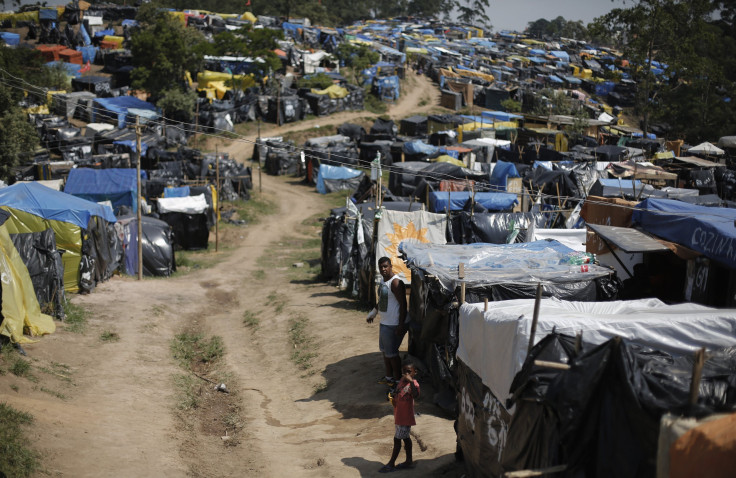What Might Be Stopping Latin America’s Economic Development?

Latin America has made great strides in tackling several of its problems in the last two decades, including the poverty rate, which has dropped from 12.2 percent in 1990 to 5.5 percent in 2010. The region, however, hasn't been as successful in reducing its income gaps: Latin America remains the most unequal area in the world.
Not all is lost. Recent trends have shown that things are improving. Based on the Gini index -- the most commonly used measure of inequality, which takes the percentages of total income against the number of recipients and expresses the difference between poorest and richest -- Latin America had an average of 54 in the year 2000 (where 0 shows absolute equality and 100 is perfectly unequal), compared to 30 in the European Union and 46 in Asia. A decade later, the number has decreased to 50, but it still remains the highest in the world.
A new report by the World Bank shows if that inequality isn't solved, it could hinder the region’s growth and slow all predictions. “Social Gains In the Balance: A Challenge for Fiscal Policy and the Caribbean,” which was presented on Tuesday in Washington, advises the governments of Latin America to adopt new fiscal policies and ensure fair distribution of resources and access to basic services to promote a balanced development and the growth of the middle class.
One of the main challenges officials face is income inequality. The report warns that should the situation continue, “poverty reduction and improvement of prosperity could be elusive.”
George Gray Molina, chief economist of the development program from the United Nations Office for Latin America, mentioned Mexico and Brazil as contrasting examples of what can be done to reduce poverty and inequality.
“The fiscal reforms in Mexico are creating a favorable atmosphere for entrepreneurs and are focused on reducing inequality through economic growth,” he said. “Brazil, on the other hand, has opted for social protection programs, focused on reducing inequality through public investment.”
Gray Molina pointed out that, since both experiments are so young, whatever happens in the next two years will be decisive in determining which model will be more efficient, and therefore recommended for other countries in the region to follow.
© Copyright IBTimes 2024. All rights reserved.




















